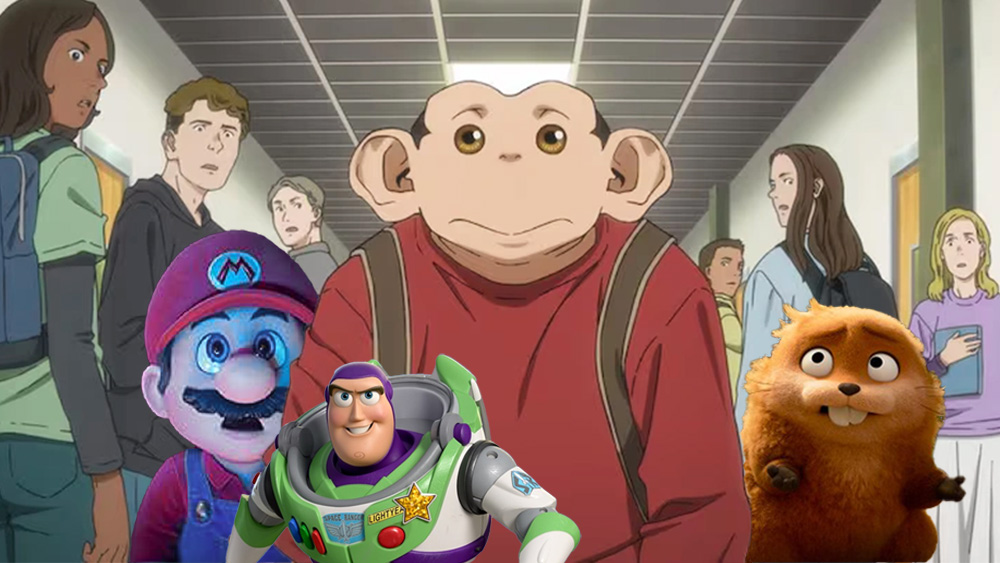How colour theory from the '90s still defines great JRPGs
Limiting your colours is the secret to great pixel art, reveals Forge of the Fae dev.
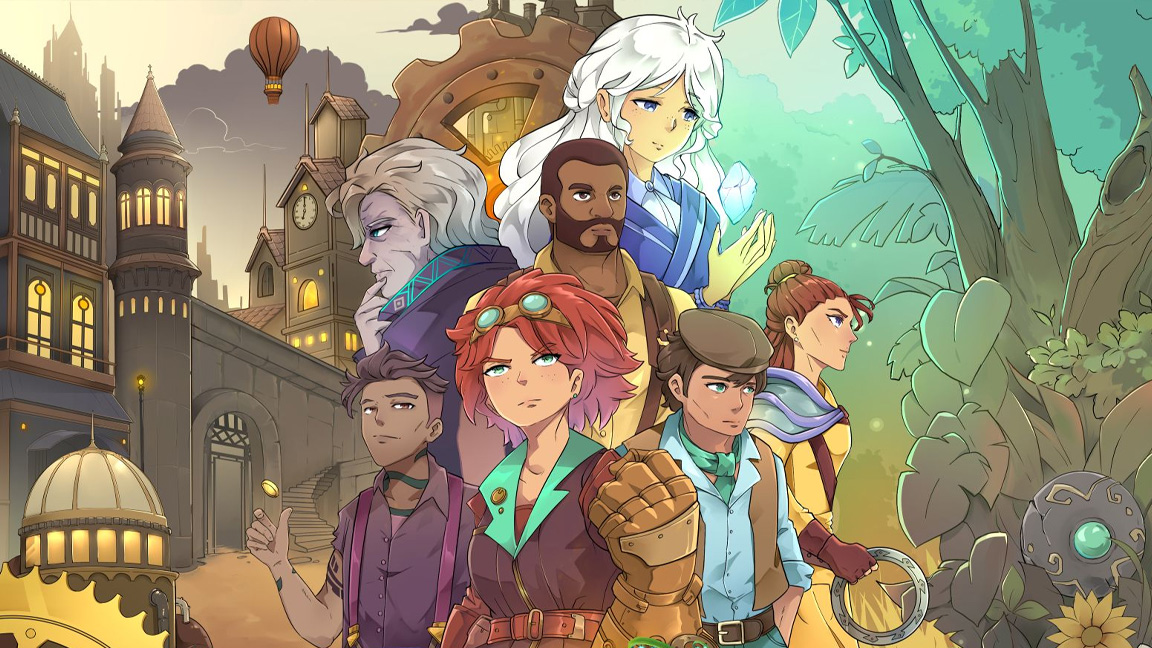
JRPGs have been having a second wind, not just coming from established Japanese studios like Atlus, Square Enix, and Falcom, but also from indie game devs outside of Japan inspired by the genre's classic 16-bit golden age. Forge of the Fae is a little different in that its developer Datadyne is actually based in Japan, albeit still founded by and consisting of foreigners.
The company has actually been around for almost a decade, specialising in IT consulting before finally leaping into game development after successfully crowdfunding Forge of the Fae last year. Like other retro-inspired JRPGs such as Sea of Stars and Chained Echoes, it's a game using pixel art that reminds you of the SNES era of JRPGs, though it also comes up with detailed sprites and animations that would have been impossible back then. But even without those hardware limitations, Datadyne CEO David Schooley still finds the '90s aesthetics very influential.
"Final Fantasy 6 and Chrono Trigger had a very set colour palette because of the limitations of the time - they were kind of forced into a colour theory where you had to pick 15 or 16 colours that would work together in a set," he explains. "What they ended up with was something that was very beautiful, and these days, the colour choices and art still hold up."
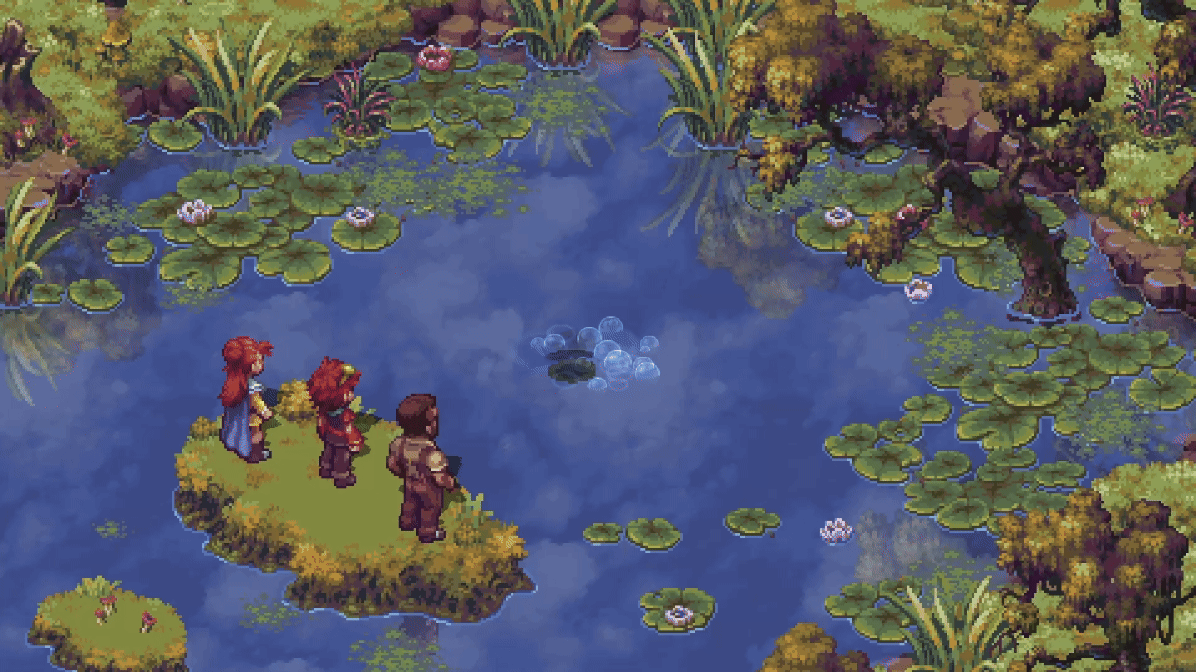
The Brian Froud influence
JRPGs have often taken many inspirations, notably a twist on Western fantasy tropes, though also elements of sci-fi and steampunk. While Forge of the Fae does have a steampunk element to it, what really makes it stand out is its inspirations from Celtic folklore, which haven't really been explored in the genre or in depth in other games.
Schooley's own interest in Celtic folklore had been derived from other sources, such as the Celtic influences in Tolkien's Lord of the Rings, also beautifully realised in the films, though one important book he came across is Faeries, a book written and illustrated by English artists Brian Froud and Alan Lee, which also includes Celtic legends and ballads about faeries. "Faeries in Celtic folklore aren't like Tinkerbell; they're a lot more dark," he adds. "They can be mischievous and downright murderous. I like that darker tone, but still with the ability to be playful or light."
That kind of specificity is also why the game's setting is not going to be the kind of globe-trotting adventure that you might associate with many classic JRPGs that have a world map. "The problems that they're solving you'll eventually find that they're more global in scope, but really for the most part they are fairly local," Schooley explains. "It kind of gives this more of a homemade vibe to the story where you're not going to encounter a lot of the same tropes that you see in other games."
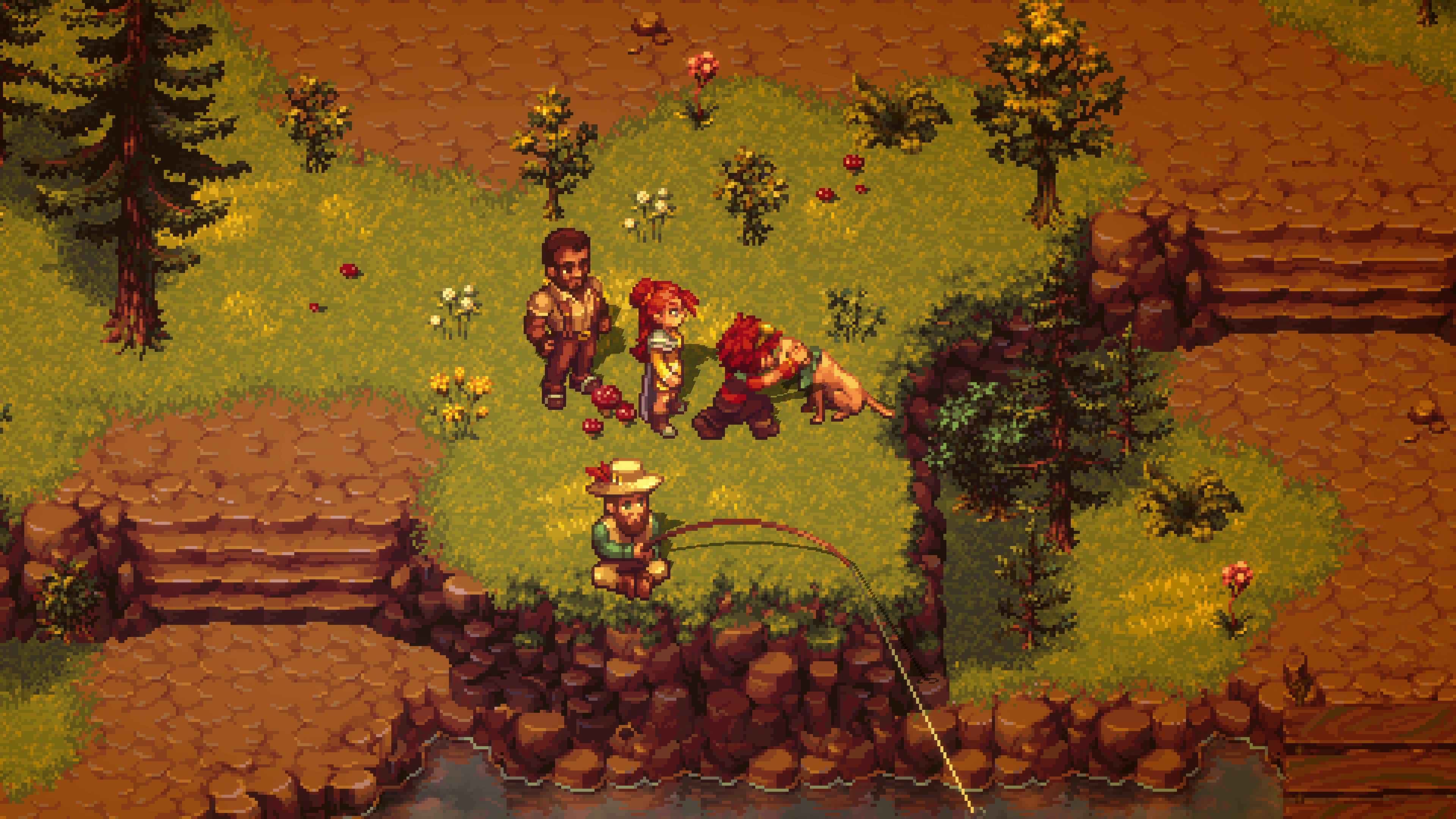
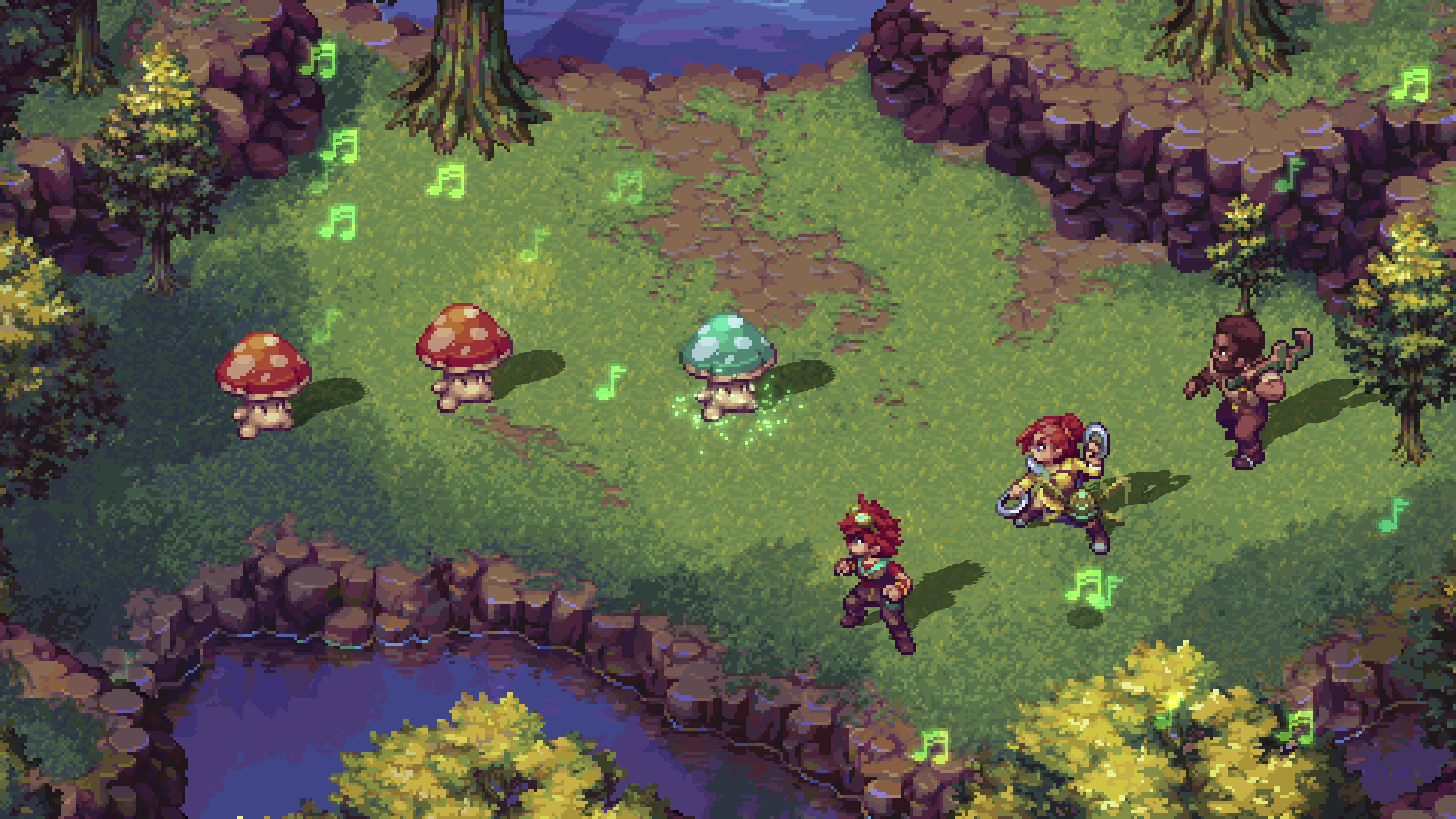
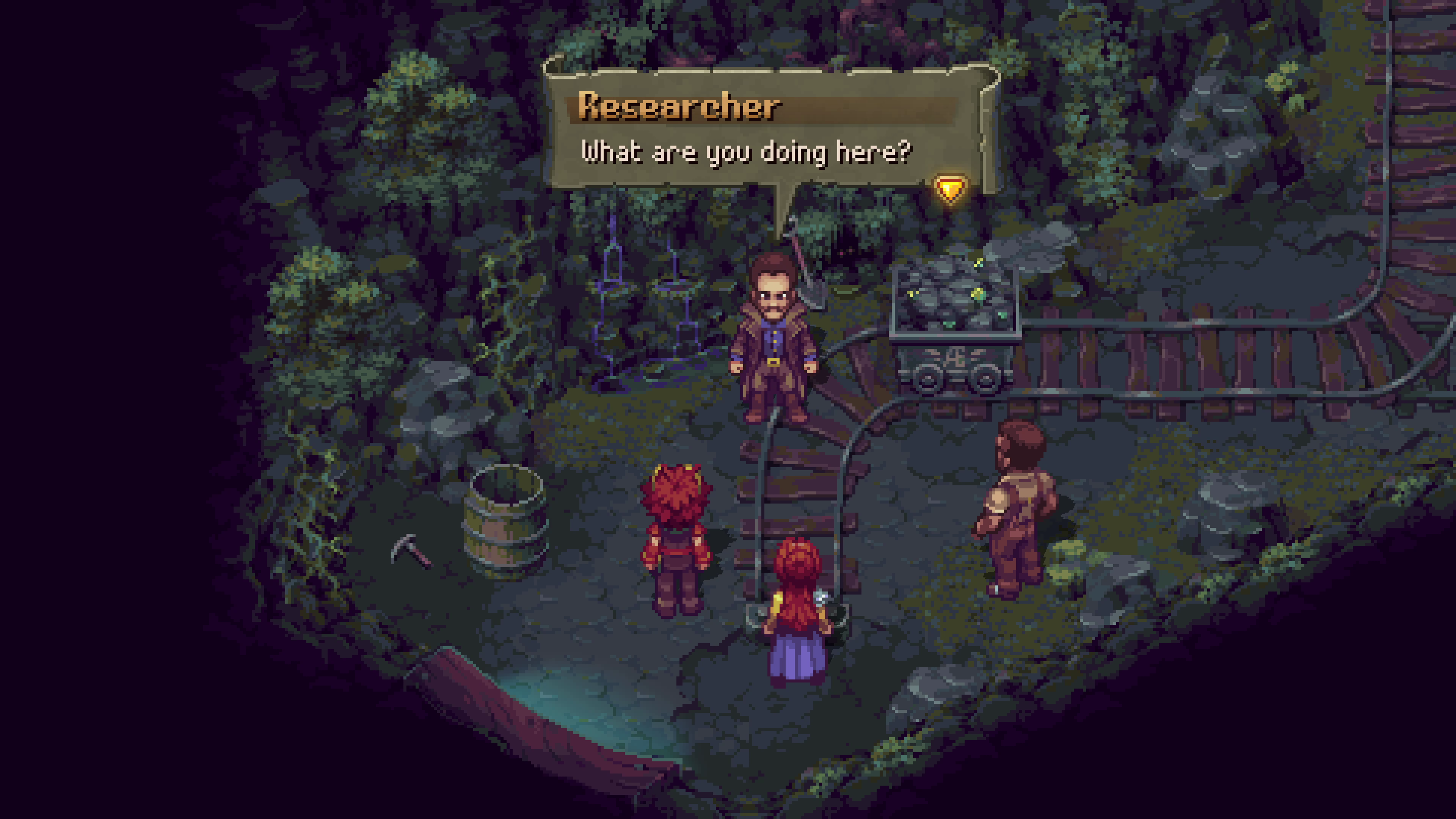
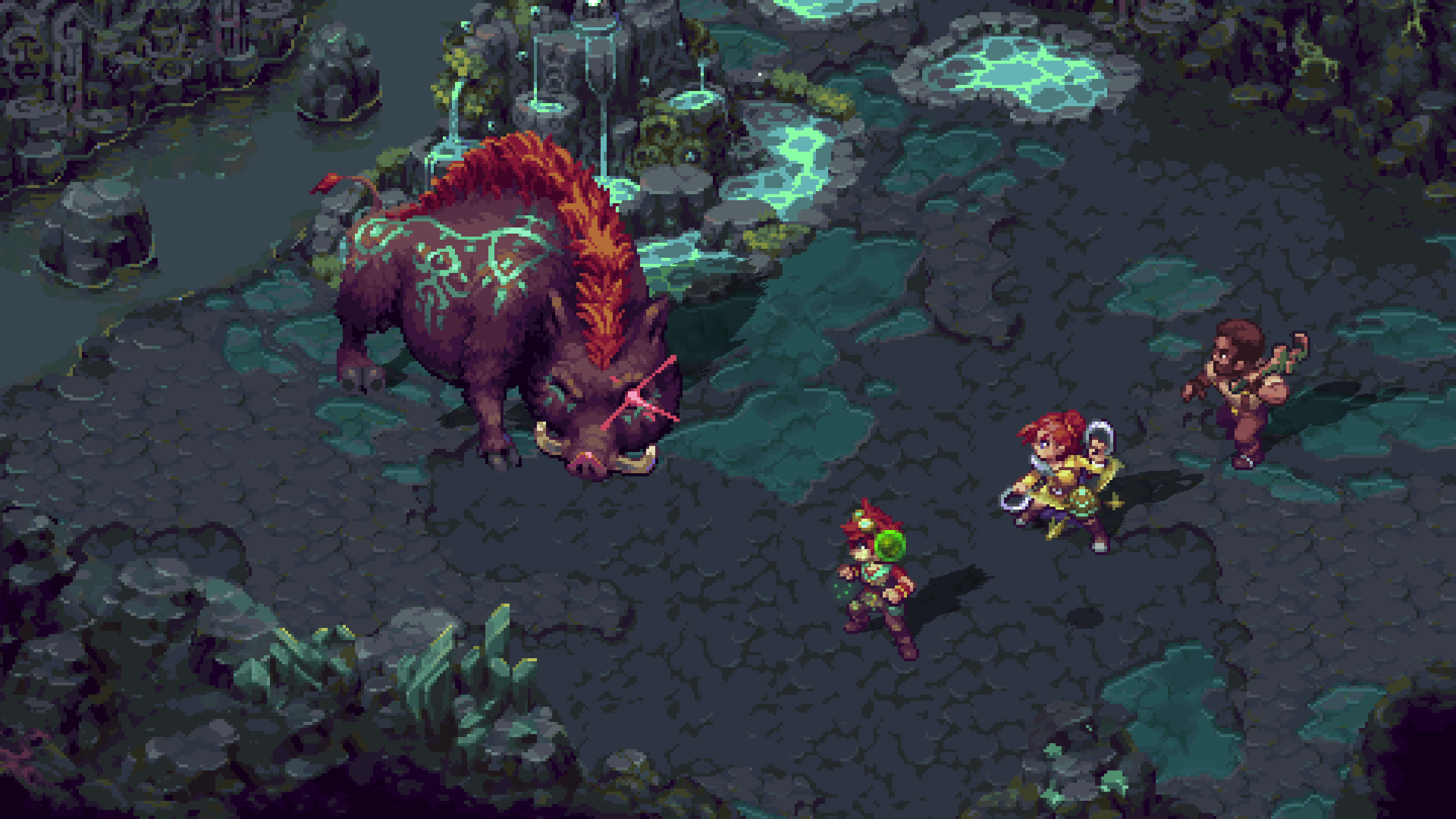
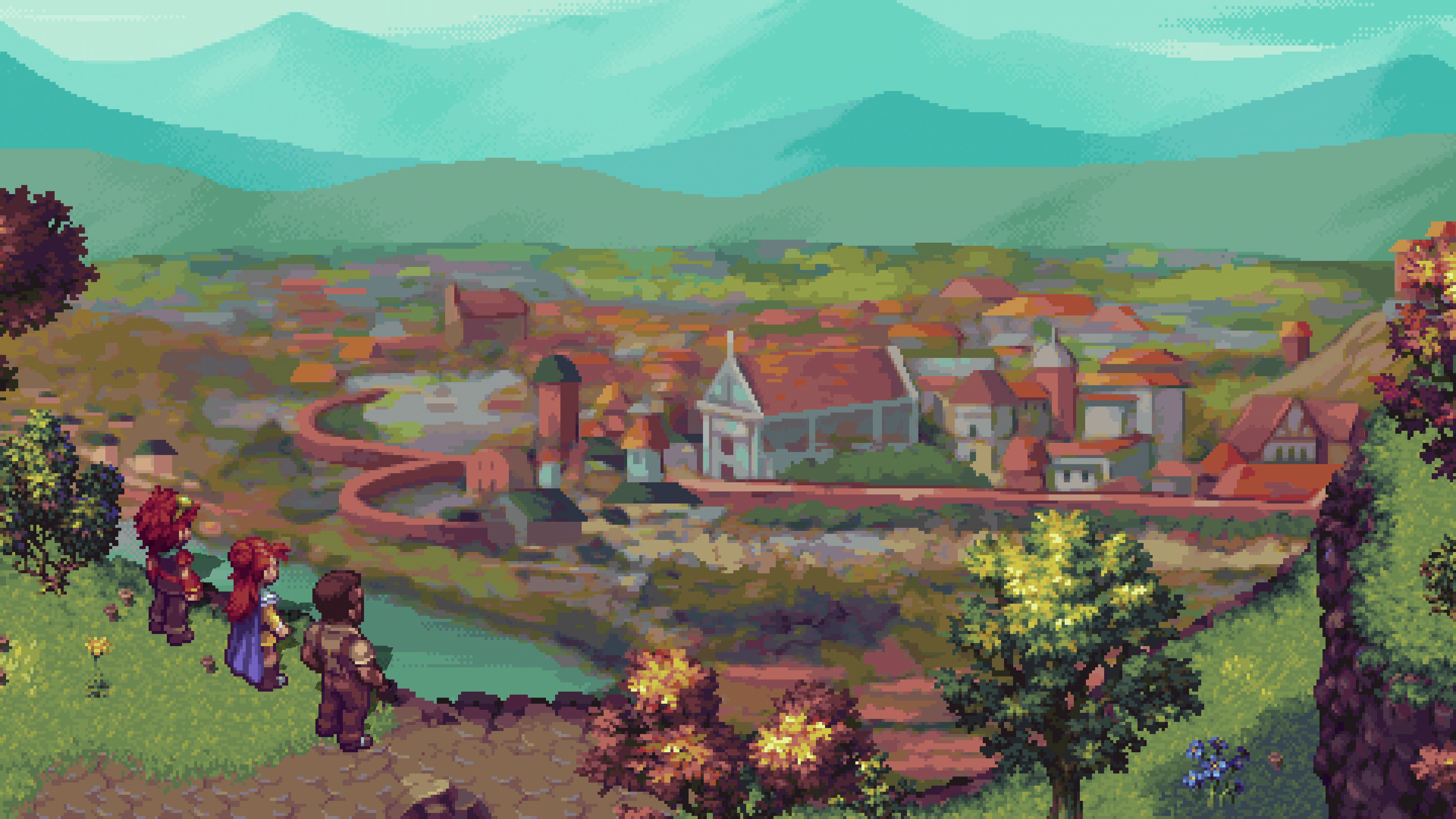
The use of Unity
Although Forge of the Fae is Datadyne's debut game, the studio has plenty of expertise from art director Tim Wendorf, who is part of the North America-based studio Something Classic, which has worked on several JRPG-inspired games, including the Octopath Traveler-inspired Quartet that just released in August. Given that the studio's experience with pixel art perfected with tools created with Unity, it was a no-brainer for Datadyne to take advantage of its expertise.
Daily design news, reviews, how-tos and more, as picked by the editors.
"We already had the Unity engine, already built on the backbone of Quartet, and that takes years and years," Wendorf explains. "So without that amount of time, it would take another two or three years to make Forge of the Fae."
Even with a modern engine like Unity, there was still a desire to maintain a "purity" to its classic vision, so the team avoided incorporating 3D elements that have defined Square Enix's retro-inspired HD-2D games. "There's still modern 2D effects with shaders and using those to create realistic-looking dappled lighting, but it's all just more 2D illustration style effects," Wendorf clarifies.
"What we found was, for the story we want to tell, we didn't need to go through all of that effort," Schooley adds. "When we have our shadows and lights, especially at nighttime, those are all curated and manually done."
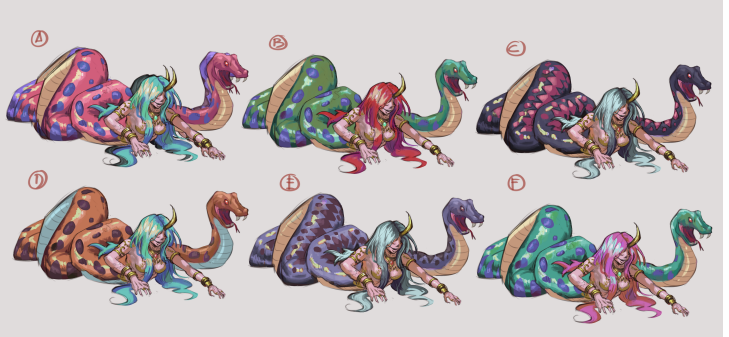
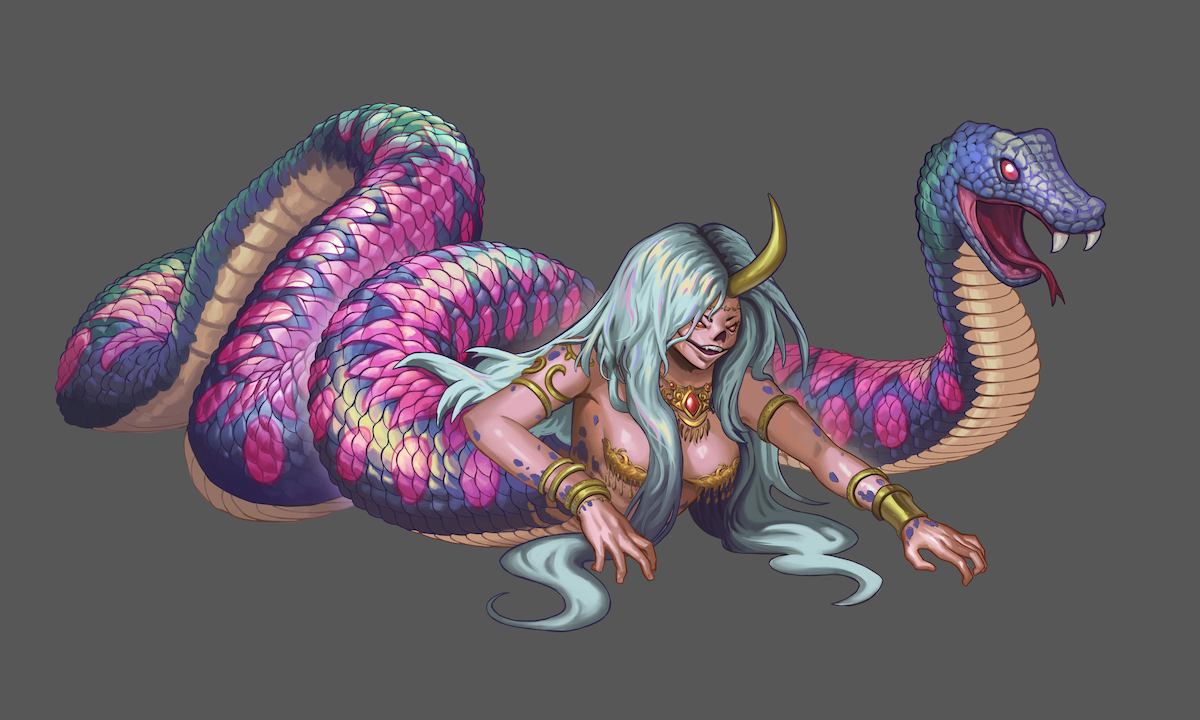
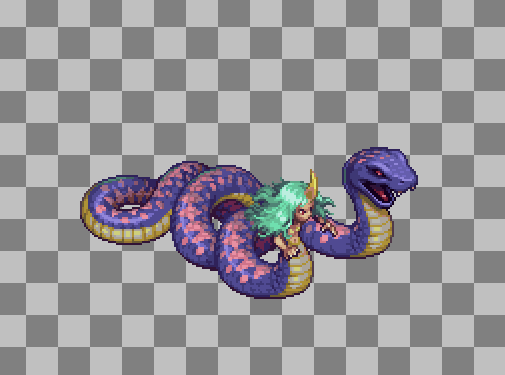
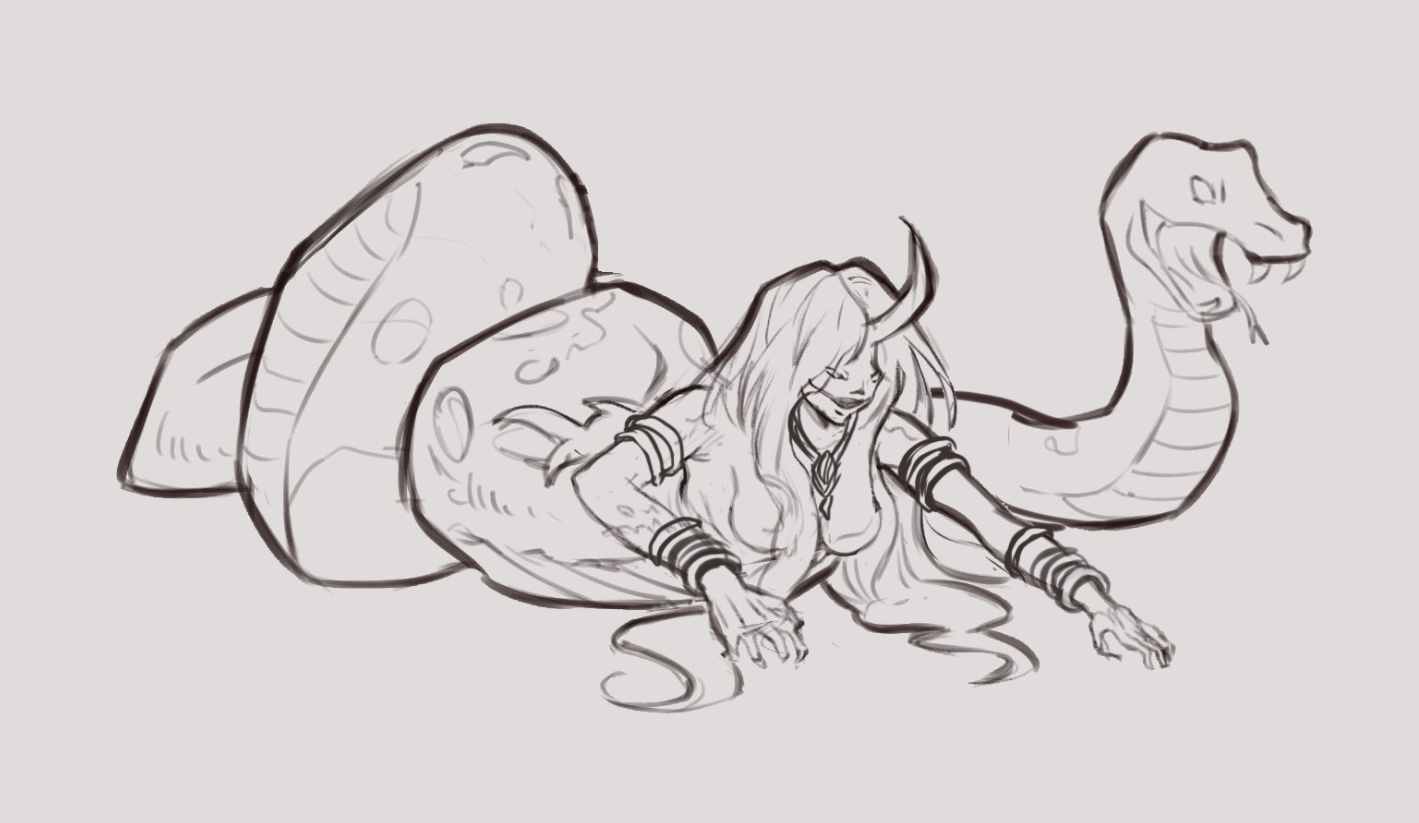
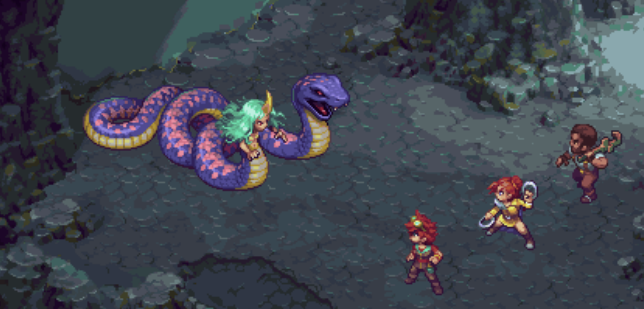
Why UI matters
Another important aspect is ensuring the UI and fonts also have their own style, something that the Final Fantasy Pixel Remasters were heavily criticised for overlooking. Wendorf credits the fonts in Forge of the Fae to font packs created by fellow indie developer Chevy Ray, though the final game will also require HD fonts to ensure it looks consistent for different platforms and display sizes.
"Half the time, you're only seeing the UI and fonts, so one of my main focuses is pushing the UI design of our games and making sure that the UI fits and carries the identity of the game," Wendorf concludes. "If you want to create a memorable experience, it almost has to start with the UI. You have to do all the rest of the art, for sure, and that's what people truly remember. But what they're going to feel while they're playing the game and what's going to set a mood for them is that UI."
Forge of the Fae is coming to PC, Nintendo Switch, PlayStation, and Xbox, and you can play the free demo on Steam now.
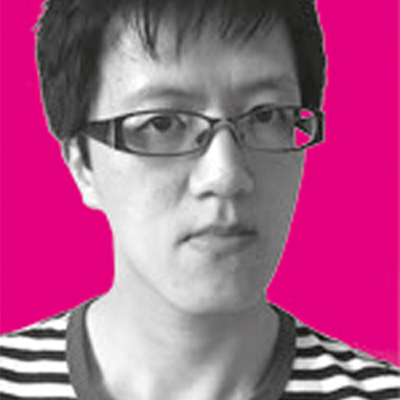
Alan Wen is a freelance journalist writing about video games in the form of features, interview, previews, reviews and op-eds. Work has appeared in print including Edge, Official Playstation Magazine, GamesMaster, Games TM, Wireframe, Stuff, and online including Kotaku UK, TechRadar, FANDOM, Rock Paper Shotgun, Digital Spy, The Guardian, and The Telegraph.
You must confirm your public display name before commenting
Please logout and then login again, you will then be prompted to enter your display name.
